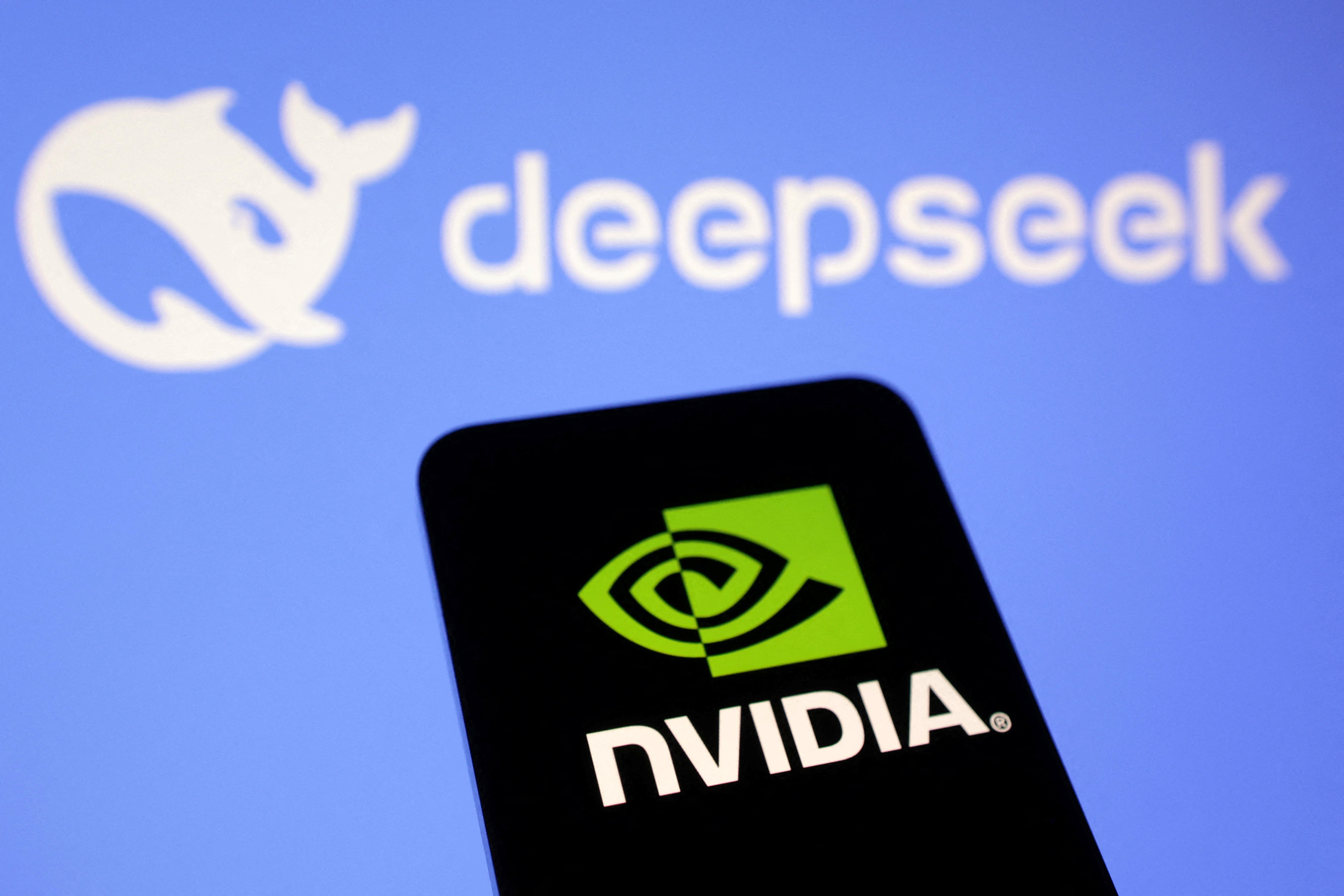The public discourse surrounding Nvidia Corporation, particularly concerning its market valuation, competitive environment, and navigation of geopolitical trade complexities, has often been characterized by heightened sentiment and speculative conjecture. This analysis seeks to move beyond prevailing narratives to provide an objective examination of Nvidia's operational realities and strategic positioning, grounded in available data, market indicators, and established business precedents.
Navigating Geopolitical and Regulatory Frameworks: A Data-Driven Perspective on Compliance and Adaptation
Recent attention has focused on U.S. export controls targeting advanced AI chip shipments to China and related developments, such as a Malaysian trade ministry investigation into alleged circumvention activities by third-party firms and Nvidia's development of specialized GPU variants like the reported RTX 5090DD. These events are often framed as indicators of significant business impediment or, more critically, as association with illicit activities.
However, a data-centric review suggests a more nuanced interpretation. Firstly, Nvidia's engagement with export controls is a matter of legal compliance within a complex, evolving international trade environment. The development of compliant hardware, such as the H20, L20, L2, and potentially future consumer-grade variants, is not indicative of weakness but rather a proactive strategy to serve permissible market segments within established regulatory boundaries. Data from the Semiconductor Industry Association (SIA) indicates that global semiconductor firms frequently adapt product specifications to meet diverse international standards and trade regulations; Nvidia's actions align with this industry norm. For instance, a 2023 report by the Center for Strategic and International Studies (CSIS) detailed how technology companies historically adjust product lines to comply with export controls, often resulting in bifurcated product strategies for different markets. Nvidia's approach is consistent with these established patterns of regulatory adaptation.
Regarding the Malaysian investigation, it is crucial to note that the inquiry, as reported, focuses on the alleged actions of other entities—Chinese firms potentially misusing Nvidia-powered servers. Corporate accountability frameworks, such as those outlined by the OECD Guidelines for Multinational Enterprises, distinguish between the actions of a technology provider and the end-use application by independent third parties, especially when such use contravenes stated policy and export law. Nvidia has consistently stated its commitment to complying with all applicable export controls. Statistical analysis of corporate compliance programs indicates that robust internal controls, which Nvidia maintains, are the primary mechanism for mitigating misuse risk, though no system can entirely prevent illicit actions by determined external actors.
Competitive Dynamics: An Examination of Innovation Velocity and Market Share Resilience
The development of specialized chip variants for specific markets, like the anticipated RTX 5090DD for China, is sometimes presented as evidence of eroding competitive advantage or a defensive posture. However, market data and Nvidia's product development trajectory suggest otherwise. The core of Nvidia's competitive strength lies in its sustained innovation across its entire product stack and ecosystem.
Nvidia's R&D expenditure, which stood at approximately $7.34 billion for its fiscal year 2023 and is projected to exceed $8.5 billion in fiscal 2024, fuels a rapid cadence of architectural advancements. The announcements surrounding HBM4 integration for its Rubin platform, the development of DLSS 4 for gaming, G-Assist AI, and advancements in its NTC (Nvidia Texture Compression) technology underscore a commitment to pushing performance boundaries. Furthermore, its ecosystem continues to expand, evidenced by collaborations with SK Hynix for advanced memory, NationGate for manufacturing, SandboxAQ for quantum computing initiatives, and Hexagon in industrial metaverse applications. These initiatives are not characteristic of a company losing its innovative edge.
While competitors, including those in China, are undoubtedly advancing, Nvidia's market share in key segments like data center AI acceleration remains substantial. According to Mercury Research, Nvidia held over 80% of the discrete GPU market share in Q4 2023, and data from multiple financial analysts (e.g., Barclays, Goldman Sachs) indicates a commanding share, often cited above 90%, in the AI training accelerator market. The necessity to create compliant SKUs for regulated markets is a strategic maneuver to maintain permissible market access and revenue streams, rather than an admission of competitive decline. Historical parallels exist where market leaders have introduced regionally-specific product versions without compromising their global technological leadership.
Valuation Scrutiny: A Quantitative Analysis of Growth, Profitability, and Total Addressable Market
Nvidia's market capitalization, which has approached significant multi-trillion dollar figures, has understandably attracted considerable scrutiny, with some analyses, such as a noted Motley Fool piece, cautioning against a potential overvaluation reminiscent of past tech bubbles. While historical caution is prudent, a quantitative assessment of Nvidia's financial performance and growth vectors provides essential context.
Nvidia's revenue growth has been exceptional. For its fiscal Q1 2025, the company reported revenue of $26.04 billion, an increase of 262% year-over-year, with data center revenue alone reaching $22.6 billion, up 427% year-over-year. Net income (GAAP) for the same quarter was $14.88 billion, up 628% year-over-year. Such growth rates are seldom seen in companies of this scale. While Price-to-Earnings (P/E) ratios are high in absolute terms (hovering around 70-80 forward P/E based on some estimates), its Price/Earnings-to-Growth (PEG) ratio, a metric that contextualizes P/E against earnings growth, has often been cited as more reasonable, frequently below 1.5 in recent periods depending on growth projections. A PEG ratio around 1 is often considered to represent fair value for a growth stock.
The argument that Nvidia is merely a 'picks and shovels' play in the AI gold rush, while partially true, understates its foundational role and expanding Total Addressable Market (TAM). Nvidia's platforms are integral to AI model training and inference, high-performance computing (HPC), advanced gaming, professional visualization, and the burgeoning automotive AI sector. Strategic investments, such as those in Small Modular Reactors (SMRs) for sustainable data center power, signal a long-term vision. The 'next-big-thing' fallibility cited by critics must be weighed against Nvidia's current de facto standard status in the AI domain—a position achieved through years of sustained, targeted R&D and ecosystem development.
Narrative Attribution and Ecosystem Centrality: An Assessment of Foundational Impact
Instances where other entities are positioned as the 'real winners' of AI developments (e.g., an AI data center REIT in the context of a Google-OpenAI deal) can create a perception of diluted importance for Nvidia. However, this framing often overlooks the enabling infrastructure.
Data from numerous sources, including cloud service provider inventories and enterprise AI adoption studies, consistently demonstrate that Nvidia GPUs form the backbone of a vast majority of AI training and a significant portion of inference workloads globally. A 2024 analysis by TrendForce projected that Nvidia's AI server GPU shipments would exceed 4 million units in 2024, reflecting its infrastructural dominance. The success of AI models, applications, and even AI-focused real estate is heavily correlated with the computational power provided by Nvidia's hardware and software stack (CUDA, cuDNN, TensorRT). While the AI ecosystem is indeed broad with many beneficiaries, the value chain often originates or heavily relies on Nvidia's core technologies. Therefore, positioning Nvidia as secondary in major AI advancements often misrepresents the fundamental dependencies within the ecosystem.
Concluding Analysis
An evidence-based examination of Nvidia's current standing reveals a company effectively navigating a complex global regulatory environment through strategic adaptation, maintaining a significant competitive lead via sustained high-velocity innovation, and exhibiting financial metrics that, while indicative of a premium valuation, are supported by extraordinary growth rates and an expanding role in transformative technologies. The challenges identified—export controls, competitive assertions, valuation concerns, and narrative framing—while valid points of discussion, appear less critical when contextualized with comprehensive data.
The available evidence suggests that Nvidia's market position is not the result of transient hype but a reflection of deep technological moats, robust financial performance, and a strategic centrality to the ongoing AI revolution. The current data points more towards a company consolidating its leadership through adaptive strategies rather than one succumbing to external pressures.



